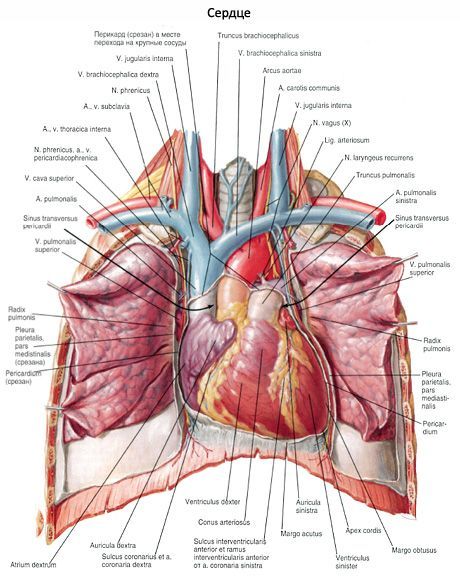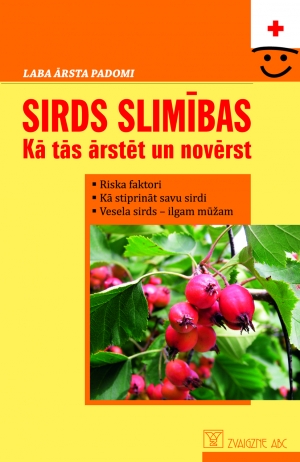

This game won a Microsoft innovation award. Students really enjoy the competitiveness, strongly recommended. The game automatically scores and has a built in timer in the event of a draw. Leister, Müller, Stößer: Fotorealistische Computeranimation (in german). A fun competitive interactive whiteboard game in which two teams take it in turns to match surds. Katrs jauns darbs gaida, lai js par skaistumu. Iet cauri visiem no tiem, jums ir nepiecieams iet cauri sples lapas.
#Sirds gamne Pc#
Apskati visjaunko bezmaksas porno & izpriecjies pc sirds patikas. Many details of the Vera project are described in a book, published by Springer Verlag. Sple Bang form sirds sastv no vairkiem posmiem. Surds Surds When we can't simplify a number to remove a square root (or cube root etc) then it is a surd. Fantastic VIP party presented by horny ladies who play sexual games with strippers. In addition to a spacial texture mapping concept and many features from XRay (by Achim Stößer ), Vera-IV contains SIRDS- and copper plate rendering modes. The preprocessing step is implemented in a separate program, while the raytracer works on preprocessed pagefiles. The export of all protected game is prohibited provided, sirds may be exported under permit. Karlsruhe have Vera-II as their predecessor: e.g. Export : The export of all protected game is prohibited. Vera-II has a general texture mapping feature. Karlsruhe, Institut für Betriebs- und Dialogsysteme, Abt. Nothing contained in his section shall be construed as permitting transportation of migratory game sirds, or parts thereof, from, to, or through any. After 1989 two branches were developed with focus on different topics: Vera-II and Vera-IV. Integration from different versions by Markus Linsenmann in 1986 to the Vera-I raytracer. A.Schmitt in 1984 further development by Prof.Dr. The first implementation was done by Prof.Dr. VERA was developed at Univ- Karlsruhe, Institut für Betriebs- und Dialogsysteme. The winner is the first to cross off all their answers and call BINGO. Then questions are shown one at a time and if a student has the answer in their grid they cross it off.

Besides the usual features of a raytracer it can be used for rendering copper plates and SIRDS. This is a classic bingo activity, where students choose the answers to fill in their grid (either 3 by 3 or 4 by 4). The algorithm gets its efficiency from a preprocessing step (using a regular grid method) in connection with a subscene technique. An image designed for wall-eyed viewing if viewed correctly will appear to pop out of the background, whereas if viewed cross-eyed it will instead appear as a cut-out behind the background and may be difficult to bring entirely into focus.VERA can produce realistic and non-realistic images. Wall-eyed viewing requires that the two eyes adopt a relatively parallel angle, while cross-eyed viewing requires a relatively convergent angle. Most autostereograms (including those in this article) are designed to be viewed in only one way, which is usually wall-eyed. There are two ways an autostereogram can be viewed: wall-eyed and cross-eyed. When viewed with the proper vergence, an autostereogram does the same, the binocular disparity existing in adjacent parts of the repeating 2D patterns. A stereoscope presents 2D images of the same object from slightly different angles to the left eye and the right eye, allowing us to reconstruct the original object via binocular disparity. Unlike normal stereograms, autostereograms do not require the use of a stereoscope. A hidden 3D scene emerges when the image is viewed with the correct vergence. In this type of autostereogram, every pixel in the image is computed from a pattern strip and a depth map. The well-known Magic Eye books feature another type of autostereogram called a random dot autostereogram, similar to the first example, above. When viewed with proper vergence, the repeating patterns appear to float above or below the background. The simplest type of autostereogram consists of a horizontally repeating pattern with small changes throughout that looks like wallpaper. Individuals with disordered binocular vision and who cannot perceive depth may require a wiggle stereogram to achieve a similar effect. The optical illusion of an autostereogram is one of depth perception and involves stereopsis: depth perception arising from the different perspective each eye has of a three-dimensional scene, called binocular parallax. Viewing any kind of stereogram properly may cause the viewer to experience vergence-accommodation conflict. The 3D scene in an autostereogram is often unrecognizable until it is viewed properly, unlike typical stereograms. Autostereograms use only one image to accomplish the effect while normal stereograms require two. Sirds An autostereogram is a two-dimensional (2D) image that can create the optical illusion of a three-dimensional (3D) scene.


 0 kommentar(er)
0 kommentar(er)
